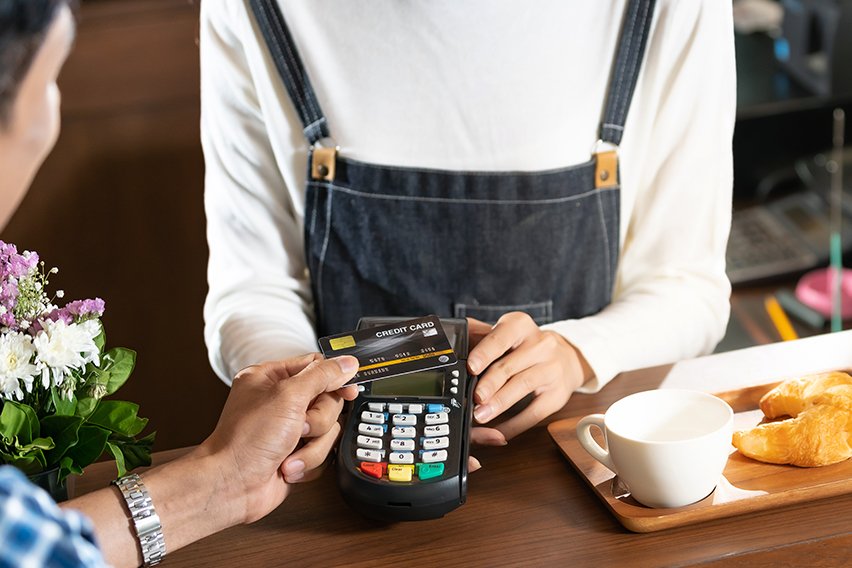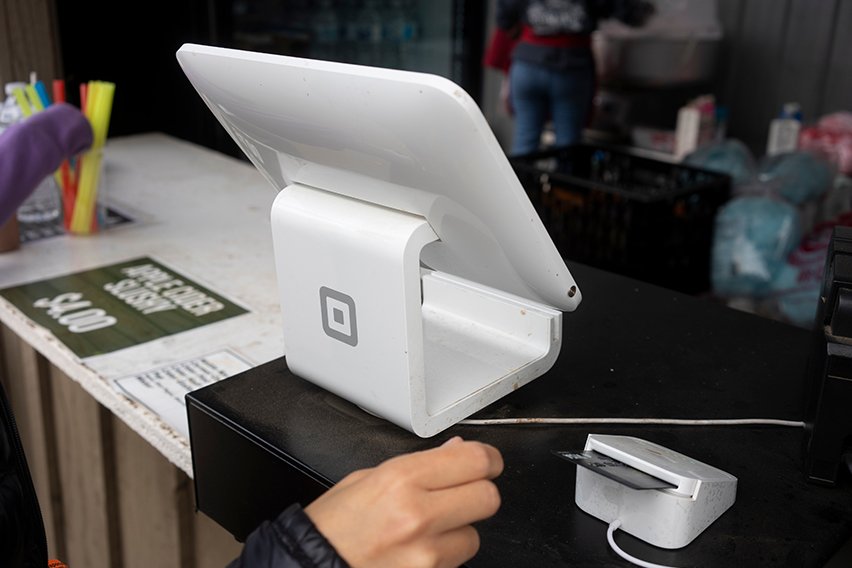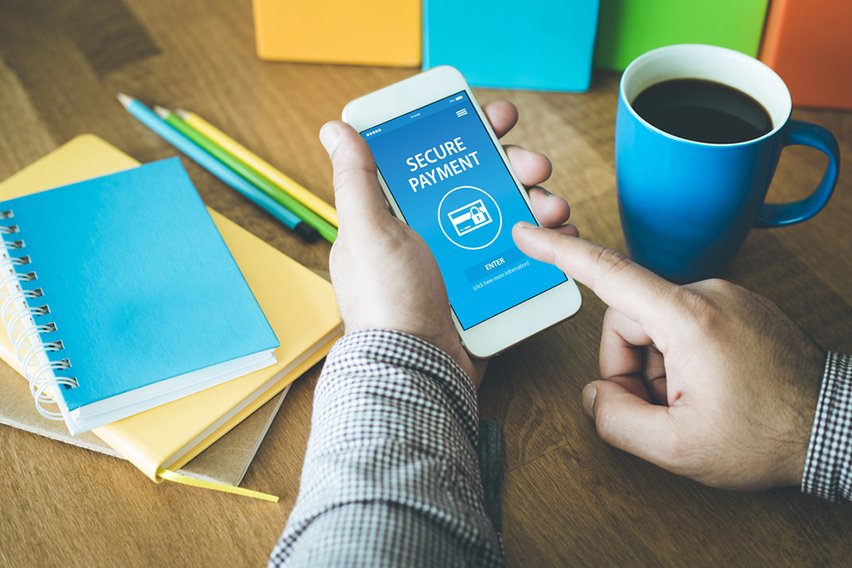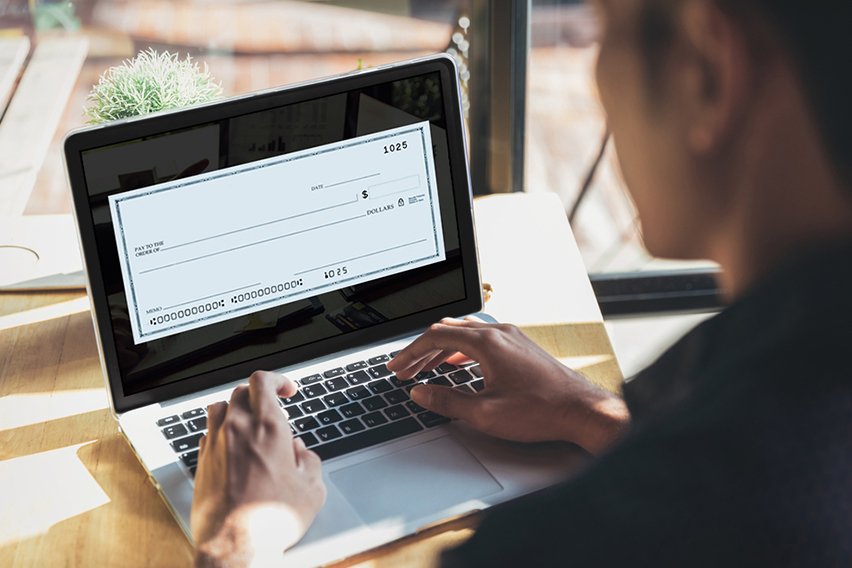What Is a Credit Card Chargeback & How to Dispute It?

Credit card chargebacks are an unfortunate reality of doing business online. Every company has to deal with them eventually.
But learning more about the chargeback process can help you prevent them from happening in the first place. We’ll go over chargebacks in detail so that you understand what they are and why they happen.
We’ll also go over some simple strategies to lower the chances that customers will request a chargeback. And, if that still doesn’t work, what to do if you need to dispute a chargeback.
Here’s What We’ll Cover:
What Are Some Common Causes of Chargebacks?
How Does the Chargeback Process Work?
How Do You Dispute a Chargeback?
What Is a Chargeback?
A chargeback is a type of payment dispute. It happens when a customer requests their bank to return their funds from a purchase. Sometimes this occurs because a customer can’t get a refund from a business. So, they go to the bank instead.
Generally, a customer must file a chargeback between 2-4 months of the purchase. The funds are put on hold when a chargeback is initiated and the issuing bank investigates the claim.
If the bank finds that the claim is valid, they’ll return the funds to the cardholder. On the other hand, if the claim is invalid, they’ll send the funds to you.
Why do they exist? Chargebacks are an important aspect of consumer protection. Without them, consumers could be at risk of unauthorized transactions. It also helps people recover funds in the case of identity theft or scams.
However, chargebacks can present significant disadvantages to businesses. They can come with high fees and take up valuable time and resources to dispute. Too many chargebacks could even put a company at risk of account closure.
Below, we’ll go over some of the most common causes of chargebacks. For each cause, we’ll provide some tips to help you prevent them.

What Are Some Common Causes of Chargebacks?
While chargebacks can happen for any reason, you’ll find some of the most common causes below.
Processing Errors
Sometimes, simple errors can lead to transaction disputes. This can happen either with in-person or online purchases.
It could be that a technical malfunction caused a customer to be charged twice for the same item. Or perhaps a customer returned something they didn’t want and never received their refund.
When it comes to technical errors, it’s usually an easy fix. It just requires updating your system or troubleshooting for bugs. If the chargeback is related to returns, maybe your refund policy isn’t clear. Or, your backend system isn’t correctly set up to handle refunds.
How to prevent this type of chargeback:
- Update your credit card processing system. This might be in-person processors or your digital payment processor. Troubleshooting to make sure this type of chargeback doesn’t happen again.
- Update your sales policy. Do you clearly state your return, refund, or cancellation policy in your store? It should be plain and obvious, whether that’s in your physical location or your e-commerce platform. If your policies are available and visible, you’re more likely to win chargeback disputes.
- Ensure that your system for handling returns is efficient and updated. If you wait too long to issue refunds after receiving returns, the customer may file a chargeback dispute.
Fraudulent Transactions
This is a legitimate cause for chargebacks. It’s one of the main reasons that chargebacks were set up in the first place. For example, if a cardholder notices a mysterious charge on their credit card statement, it could indicate fraud. Cases like this will likely initiate a chargeback.
However, there are other types of fraud at play as well. Sometimes, customers try to get products for free by filing a chargeback, even if they don’t plan on returning the item. Or, they may feel aggrieved by something a merchant did and initiate a fraudulent chargeback in retribution. This is known as friendly fraud.
This type of fraud can be challenging to prevent. First, a merchant will need to present their case to the involved banks and credit card companies. Hopefully, they have enough evidence to convince all the parties involved that the purchase was legitimate.
How to prevent this type of chargeback:
- Utilize the latest, most secure point of sale (POS) systems
- Train employees how to properly process credit card payments
- Dip EMV chip cards, don’t swipe
- Make sure to email receipts to cardholders. For online purchases, many payment processors help automate this action
- Have a courteous, prompt customer service system in place for dissatisfied customers. Also, make sure that your product descriptions are accurate. If not, the customer has a case for the chargeback
Logistics or pricing issues
Perhaps a customer received the wrong item. Or maybe they were charged an incorrect amount. In that case, they’re likely to file a dispute.
Another common pricing issue relates to subscription services. Sometimes, customers forget about recurring payments and dispute a charge even though they’ve signed up for the service.
How to prevent this type of chargeback:
- For e-commerce platforms, require signatures upon receipt of delivery
- Update your price listings to make sure that they’re accurate
- Maintain accurate, accessible records of all transactions so that you can refer to them easily
- For subscriptions, make sure to explain your recurring charge terms clearly upon checkout. Then, have the customer agree to the terms and email them a record of their agreement. It’s also helpful to email them before each payment, so they have sufficient time to cancel their subscription if needed.
How Does the Chargeback Process Work?
The chargeback process can vary between different payment processors. However, it usually follows the steps outlined below.
- Purchase. A customer makes a purchase with a credit card.
- Chargeback initiated. If the customer believes the purchase was unauthorized, they file a complaint.
- Bank communication. The card issuing bank contacts the merchant’s bank. The merchant bank can provide evidence to dispute the chargeback claim.
- Evaluation. The card issuing bank reviews the evidence and decides whether the chargeback claim is valid. If valid, then the customer receives their refund. If not, the process ends, and the merchant keeps the funds.
- Arbitration. If the banks cannot agree on the validity of the chargeback claim, they enter into the arbitration process. This process is overseen by the credit card company, which has the final say.
If a merchant is at fault for a chargeback, they may end up paying additional fees. These are known as dispute fees or dispute settlement fees.
While the time limit depends on the credit card company, consumers generally have 60-120 days to file a chargeback. Then, a merchant has around 45 days to respond. The entire length of the chargeback process depends on the particulars of the case. If it involves special circumstances or large amounts of money, the process may take longer.

How Do You Dispute a Chargeback?
Chargebacks can represent significant losses to your company. Besides the fees you may pay if you lose a case, you’ll spend valuable time and effort fighting a chargeback.
You need two things to increase your chances of successfully disputing a chargeback.
- A rebuttal letter
- Compelling supporting evidence
Rebuttal Letter
In your rebuttal letter, you should explain the basics of the case. Keep it concise and present the most relevant information. Layout why you believe the charge was legitimate and why you shouldn’t refund the customer.
State the different ways that you fulfilled your obligations to the customer. You can also summarize any communications you had with the customer regarding their purchase.
Make sure to include an itemized list of the supporting documents that you are providing as evidence.
Supporting Evidence
Here are some essential pieces of evidence that will help you dispute a chargeback:
- Order invoice
It should include all the details of the sale and customer. For example, how much did the customer pay? When was the date of purchase? Where was the product sent?
- Transaction receipt
Obtain a receipt from your payment processor. If the AVS and CVV match, the card was unlikely stolen.
- Tracking confirmation
Print out all of the shipping and tracking information. This will show whether the goods arrived at the customer’s address and whether they received it.
- Terms and conditions
Highlight the parts that refer to chargebacks, refunds, or returns. Specify where the customer could find this information.
- Copy of your checkout page
Upon checkout, you should have a box where the customer confirms that they agree to your terms and conditions. If they check this box, it will help your case.
Key Takeaways
Credit card chargebacks are an unfortunate reality that every business is likely to face. However, you can reduce your losses by applying the suggestions listed above.
If all else fails, dispute the chargeback. As long as you keep your records organized, you should be able to present a compelling case that results in a successful outcome.
Did you enjoy reading this guide? Head over to our resource hub for more great content!
RELATED ARTICLES

 What Is an Emv Chip in a Credit Card? A Small Merchant Guide
What Is an Emv Chip in a Credit Card? A Small Merchant Guide Complete Guide to the 5 Best Credit Card Processors
Complete Guide to the 5 Best Credit Card Processors Virtual Credit Cards: What Are They & How Do They Work?
Virtual Credit Cards: What Are They & How Do They Work? What Is a Secure Payment System?
What Is a Secure Payment System? What Is an eCheque & How Does It Work?
What Is an eCheque & How Does It Work? What Is a Credit Balance?
What Is a Credit Balance?